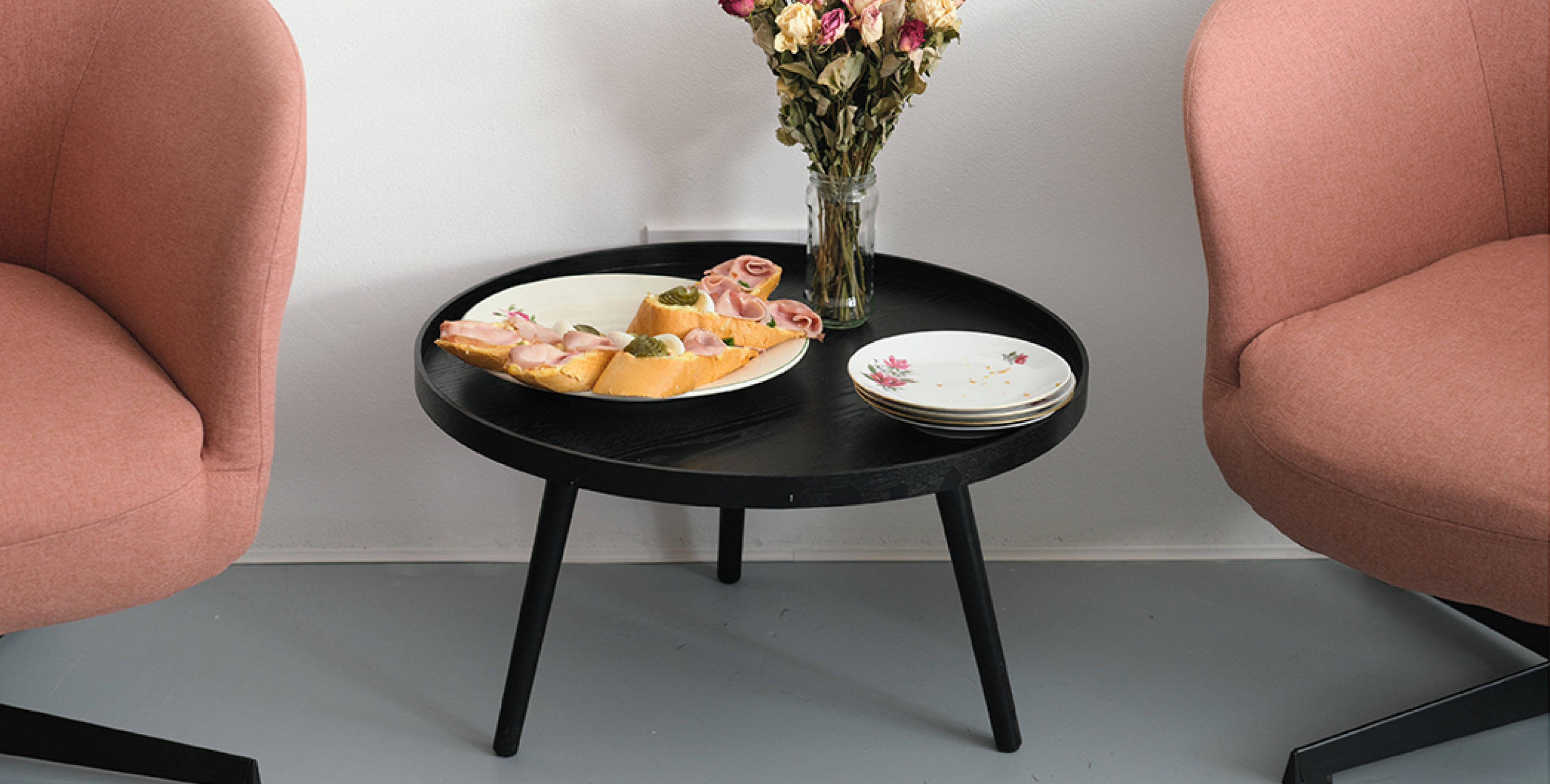

The exhibition KVĚTEK, jointly prepared for the House of Arts in Ústí nad Labem by Jiří Kovanda and the artist duo Lukáš Jasanský & Martin Polák, places at its center the artists’ current interest in flowers and, more broadly, the natural environment as shaped through the care of its users. The title itself—KVĚTEK—reflects the deep ambivalence with which the artists approach this theme: it evokes a fictional botanical terminology while also playing with the ambiguous identity of a universal gardener or admirer of natural beauty.
At the symbolic heart of the exhibition is a series of site-specific interventions and intimate installations by Jiří Kovanda, responding sensitively to the atmosphere of the House of Arts in Ústí nad Labem. Kovanda explores the various meanings associated with flowers—attending to their morphology and aesthetic qualities, the environmental implications of their cultivation, the social and gendered dimensions involved in their use as a medium of expressing relationships, emotions, respect, or hierarchy, and finally the artistic references that mark the wide range of cultural interpretations of the flower as a symbol. Kovanda experiments with conceptual strategies, works with ready-made elements, discovers unconventional material combinations, engages in dialogue with the exhibition architecture, and opens up new perspectives on the complex constellation of associations linked to the floral phenomenon.
These reflections naturally lead into a series of over 170 color photographs produced through active collaboration between Jiří Kovanda and the duo Lukáš Jasanský & Martin Polák. Kovanda is present in every image, often subtly and through nearly imperceptible performative gestures, interacting with the surrounding environment as framed by the camera. Jasanský and Polák continue their distinct conceptual approach to photography as a specific visual art medium, drawing not only from their own longstanding interest in seemingly uneventful and de-aestheticized subjects, but also from Kovanda’s own public performances from the late 1970s, which are known primarily through photographic documentation. The focus on natural detail in contrast with Kovanda’s often central figure shapes a fragile atmosphere—infused with subtle contextual links that may highlight elements of kitsch, degradation of public space, or on the contrary, nearly imperceptible references to cultural history.
These individual scenes are captured with minimal indication of geographic specificity, rendering Jiří Kovanda’s figure as a kind of wandering Ahasuerus, drifting through a world animated solely by his gestures and by the forms and colors of plants emerging from an uncertain frame.
The exhibition KVĚTEK is all that a flower can be: a sign of growth or a premonition of decay, an opulent spectacle or a modest gesture, a cultural symbol or a tasteless note, a confident woman or a blushing man, a burst of joy or a shadow of melancholy.
KVĚTEK is a story about flowers, about nature, about people, about its creators—and about all of us who come to visit.
Jiří Kovanda (*1953) is a conceptual artist, performer, and university lecturer. In the late 1970s, he realized a number of minimalist actions and interventions in public space that have become a vital part of the art historical canon—anchored in the late modernist atmosphere of Central Europe shaped by the totalitarianism of the Soviet Bloc. He later turned to painting and its experimental forms in the context of emerging postmodern attitudes. Today, he works with site-specific contextual installations and objects, often combined with performative strategies. Jiří Kovanda teaches at the Faculty of Art and Design at Jan Evangelista Purkyně University in Ústí nad Labem, where he heads the Studio of Object–Space–Action, and also teaches as an assistant professor in the Studio of Intermedia Creation III at the Academy of Fine Arts in Prague.
Lukáš Jasanský (1965) and Martin Polák (1966) have worked as an artistic duo since the late 1980s, systematically exploring the expressive potential of photography and its place within contemporary visual art. Their work is characterized by the conceptual treatment of photography—a medium traditionally linked to documentary, reportage, or portraiture. Their approach emphasizes seemingly marginal or de-aestheticized motifs, organized into thematic series that allow for a dynamic and performative use of the static technical image. Alongside experimental methods, a significant part of their photographic language is shaped by irony and humor as drivers of narrative meaning. Lukáš Jasanský is the head of the Photography Studio at the Faculty of Art and Design at Jan Evangelista Purkyně University in Ústí nad Labem.
Curator
Michal Koleček